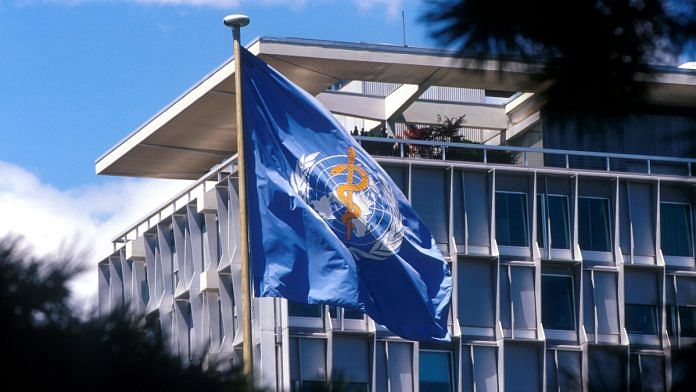Talking to your children about the COVID-19 coronavirus pandemic might feel fraught with risk.
Now the world’s largest group of museums, Smithsonian, has teamed up with the World Health Organization (WHO) and the InterAcademy Partnership to help.
The Smithsonian Science Education Center, which aims to bring science into classrooms, has helped devise projects for 8- to 17-year-olds that line up with the United Nations’ Sustainable Development Goals. COVID-19! How Can I Protect Myself and Others? comprises seven tasks that help youngsters learn about coronavirus, define their response to it and investigate ways to stay safe.
It’s based on a learning progression that focuses on questioning and investigation, ultimately encouraging children to take action in their own communities. Centering on critical reasoning, it helps students to apply the facts they have learned and examine their own values and perspectives on the issue.
“It is so important for children – wherever they are in the world – to develop their scientific understanding and rational thinking,” says Professor Volker ter Meulen, President of the InterAcademy Partnership. “Only by being able to make rational decisions based on the best science and evidence can any of us adjust our behaviour to keep ourselves and our families safe from infections such as COVID-19.”
The progression starts with a broad question: What’s happening in the world right now? The tasks then move through questioning exercises that encourage students to think about how – and why – keeping distance, covering noses and mouths, and washing hands can help.
The exercise then transitions to broader themes, including how families and communities around the world are being affected by COVID-19, how staying informed can help and what actions the students themselves can take now.
After they’ve completed all seven tasks and kept a journal outlining how they feel, the students will highlight the two or three actions they think work best for themselves, their families and their communities – and then extrapolate this into an action plan.
Also read:Covid may push millions more into child labour in India and other countries: UN
Future skills
Critical thinking has become central to education policies around the globe. The World Economic Forum’s The Future of Jobs report identified analytical thinking and creativity as two of the main skills that will be in demand in 2022.
The Smithsonian project encourages learning by doing, says Dr Soumya Swaminathan, Chief Scientist at the WHO.
“With all the myths and misconceptions out there, it is important for children and youth to understand the nature of this pandemic and what can be done to prevent future pandemics from happening.”
This article was originally published in World Economic Forum.
Also read:Stanford University develops gene-editing tool that can destroy Covid-19 inside human cells



